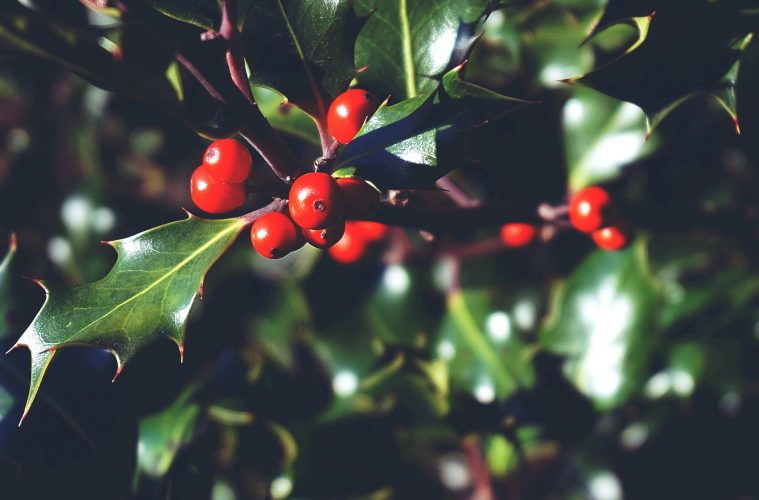Knowing which plants are poisonous in your garden is good to know. This is to help you identify the ones that can be dangerous if touched or consumed. Here are the most common poisonous plants to look out for in your garden.
Foxglove
Foxgloves are these tall, flowering biennials that grow well in a spot with dry shade. However, they are beautiful and bloom with multiple tubular flowers in colours ranging from purple to white. Their flowers, leaves, and stems are among the most toxic specimens commonly grown in gardens. When deciding to add these statuesque flowers to your garden, be sure to handle them with extreme care.

Image Credit: Pexels
Poison Ivy
When consumed, poison ivy may upset the stomach, while skin contact can cause severe irritation or even an allergic reaction. While the leaves are the most toxic element of the plant, contact with any part should be avoided to prevent any reaction. Burning the poison ivy is also a big no, as the smoke may cause a reaction.
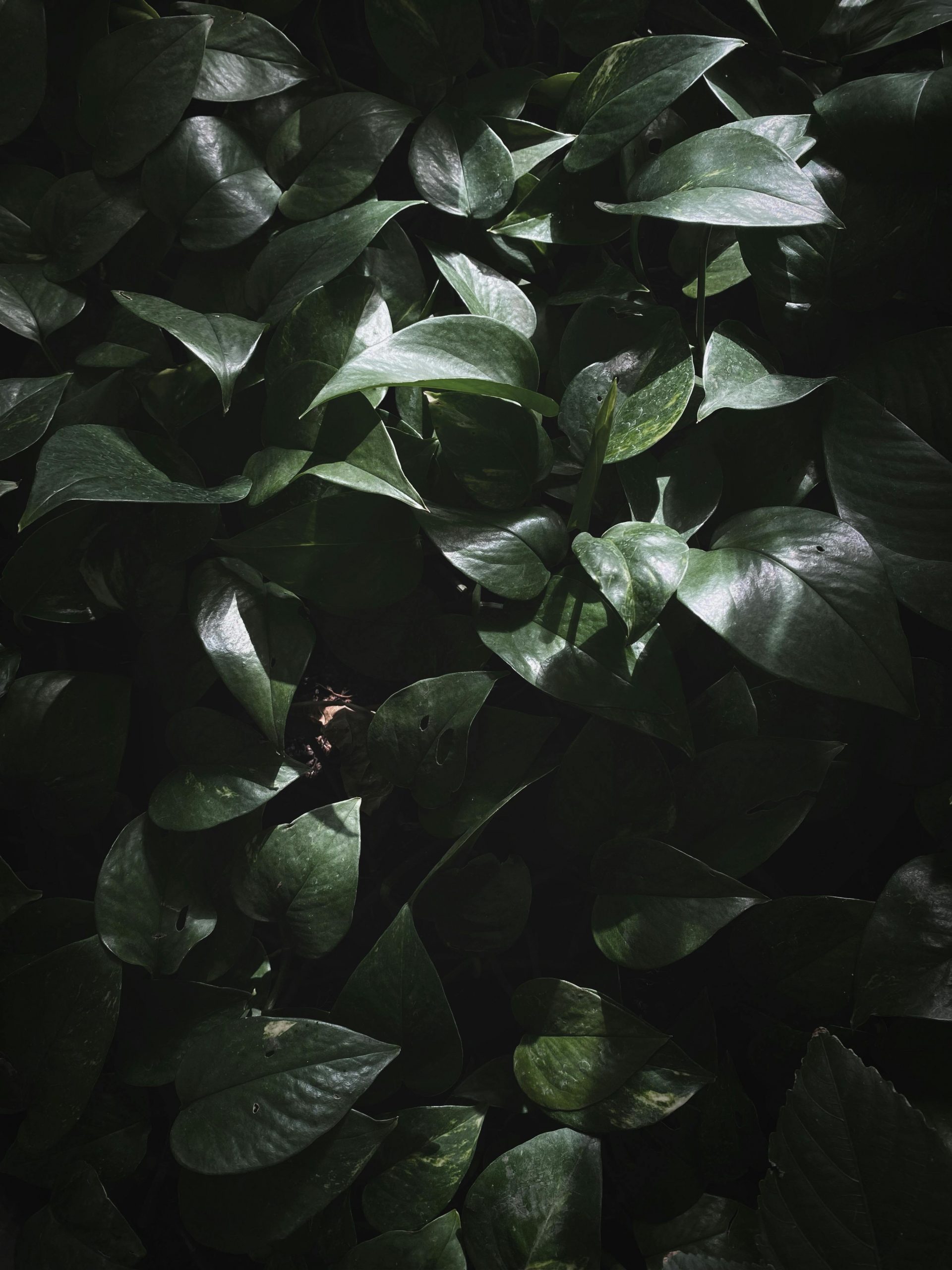
Image Credit: Pexels
Stinging Nettles
Like poison ivy, stinging nettles as its name suggests, are not a plant you want to brush up against when working out in the yard. Found as ground cover in shady areas, these plants have tiny stings on the edge of their leaves that cause severe itching when brushed against.
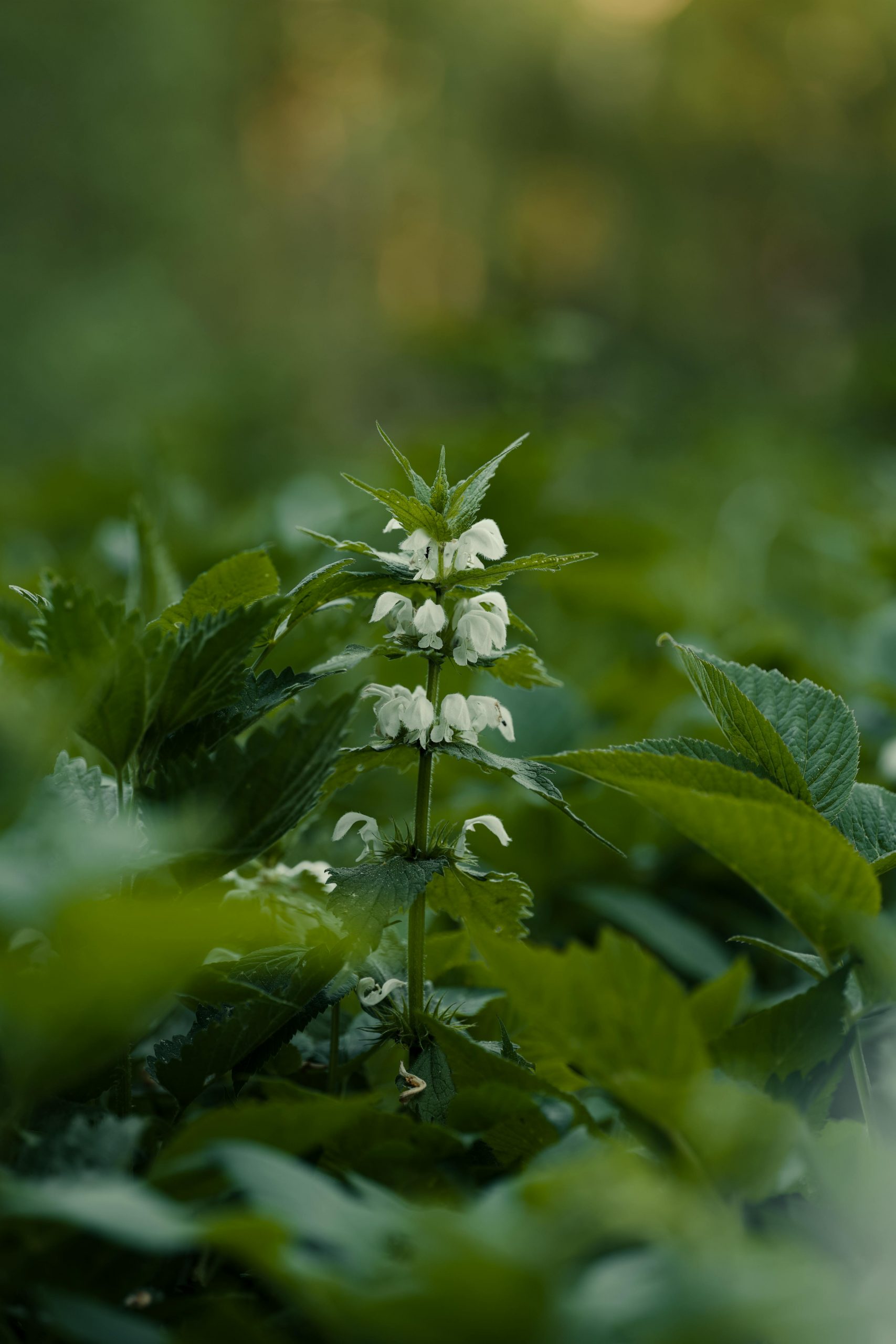
Image Credit: Pexels
Holly
This plant is generally considered low toxicity, but the spiky leaves may cause physical damage if eaten, and the berries can cause vomiting and diarrhoea. Its deep green, glossy leaves and vibrant red berries may create a festive flourish but handle their leaves with care if growing in your garden.
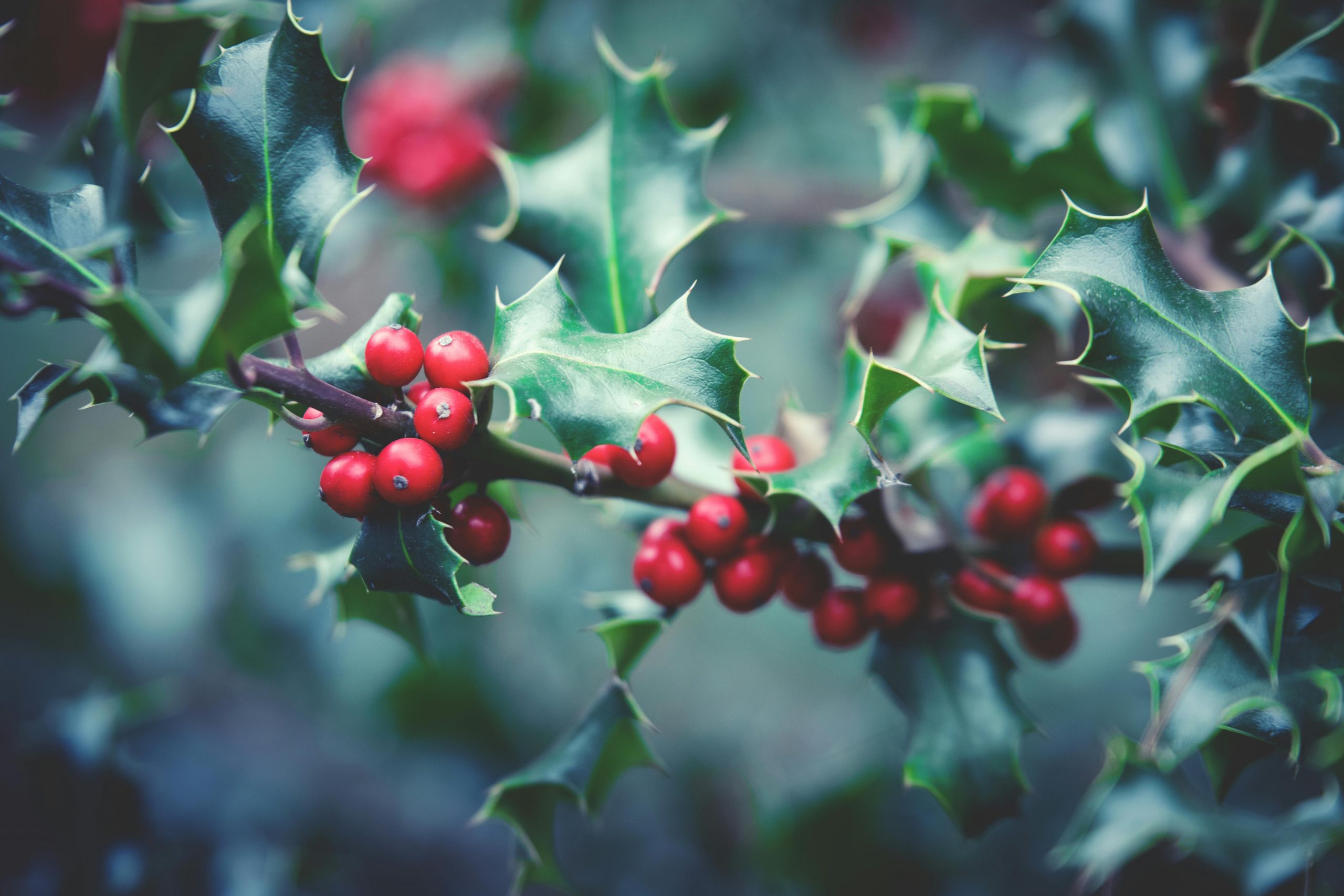
Image Credit: Pexels
Daffodils
The daffodil is another gorgeous plant that can be dangerous in your garden. Daffodils contain substances called lycorine and glycosides, which are found throughout the plant and are particularly concentrated in the flower bulb.
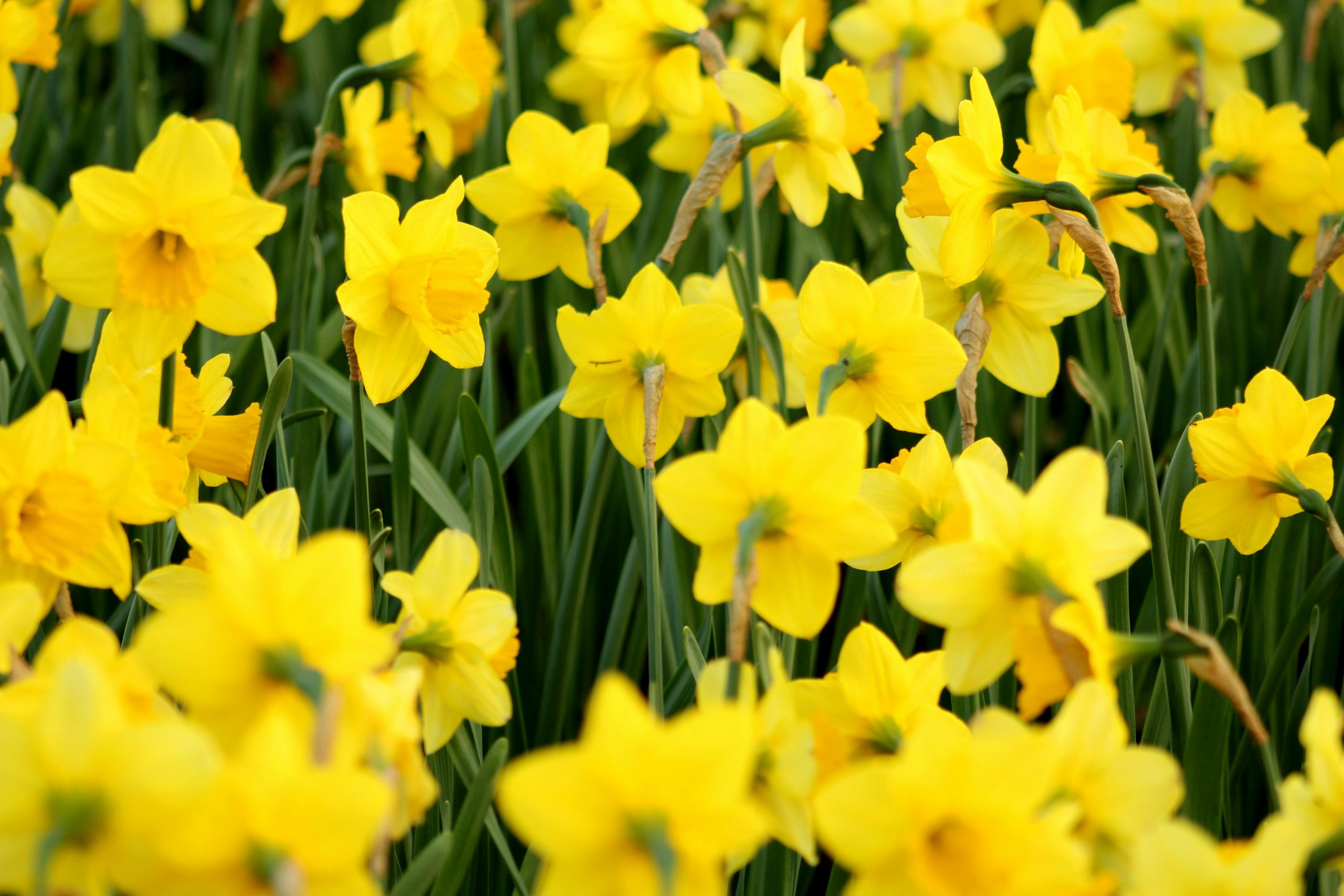
Image Credit: Pexels
This is only a short list of the many common plants that are poisonous in your garden. These plants can be attractive and prove beneficial to your garden, but adequate research is key when deciding to plant them.
ALSO SEE: COMMON GARDEN PLANTS THAT ARE POISONOUS FOR PETS
Feature Image: Pexels

